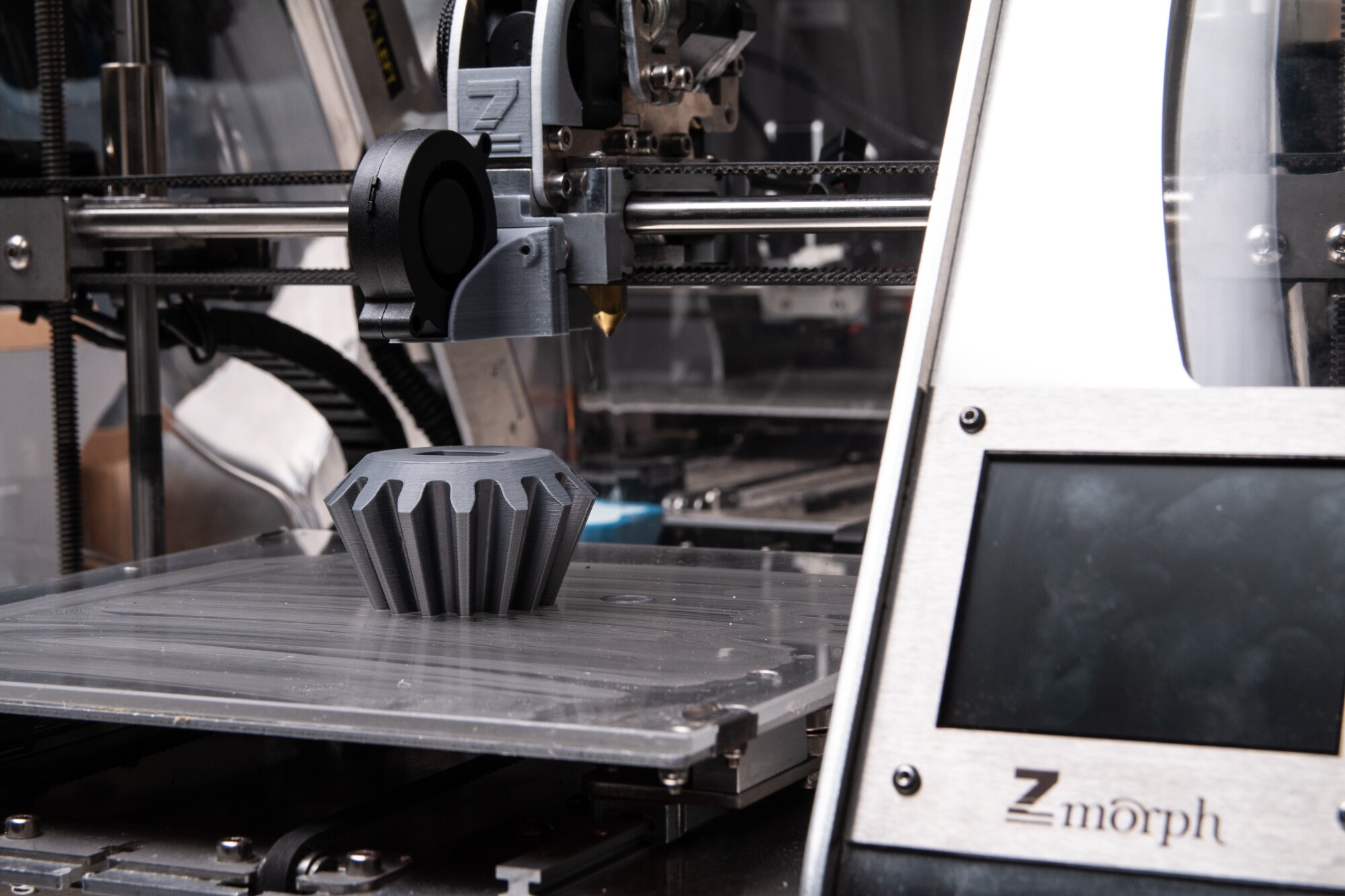3D scanning is a technology with implications in almost every industry you can think of. A way it can help is to design and manufacture products and preserve archaeological sites through digital. It has applications in criminal justice and medical procedures as well.
As you might expect, several different 3D scanning technologies are on the market. Each one varies in their applications and how they work.
Here, we’ll look at some of the more popular 3D scanners and where you can use them. So, keep reading to find out which might be best for your applications!
Structured Light
Structured light 3D scanning uses projected light to detect the surface geometry of an object. This form projects a pattern of light onto the object, and by tracking the shape of the shadow created, it creates a 3D model.
These scanners are non-contact, meaning the scanning process does not need the physical probing of the object you scan. It is also versatile. It allows high-resolution scans of small things that may be too fragile or delicate with contact scanning methods.
This type can develop, manufacture, and inspect metals, plastics, and other materials. It can create accurate models up to 0.03mm. You can then use the data sets generated for computer-aided design (CAD) applications.
Kinect-Based
The Kinect camera emits infrared light, which, when reflected off of objects, is recorded by a type of sensor that processes the data. Kinect-Based scanners are ideal for capturing small things or even parts of the body. They are typical for medical research, manufacturing, virtual reality, and gaming applications.
They are pretty easy to set up, as it only requires Kinect for the hardware, making it much more accessible than other types. Also, some software allows the scan to clean up and refined further, giving users a much higher degree of accuracy than ever before.
LIDAR
LIDAR is the most accurate 3D scanning technology. It uses lasers to measure the surface of objects, which turns into a 3D model.
They are more expensive than other scanner technologies, but the result is accurate scanning. High accuracy 3D scanners are helpful in applications where detail matters, such as architecture and engineering. Furthermore, the software for many LIDAR scanners can remove noise from data to get precise 3D models.
Time-of-Flight
Time-of-Flight (ToF) 3D scanners are a form with applications in various industries. Although its initial purpose was for military use, they now use it for commercial, industrial, and personal applications.
ToF scanners work by transmitting a light signal and then measuring the time it takes for the light to bounce back from an object or surface. They can use advanced algorithms to create a 3D point cloud of the scanned object or environment.
You can deploy them as standalone handheld 3D or integrated into a more extensive system. Finally, depending on the application, you can configure the scanner for passive or active scanning.
Choosing the Best 3D Scanners on the Market
3D scanners provide a modern and convenient solution for capturing 3D models of various physical objects. Individuals can access the most accurate scanning and visual representation techniques today.
Whether professional or hobbyist, 3D scanners can benefit your workflow. Selecting the right one depends on the application and use case. Invest in one to revolutionize your workflow and explore new possibilities!
If you find this article informative, browse our other blogs to learn more.

